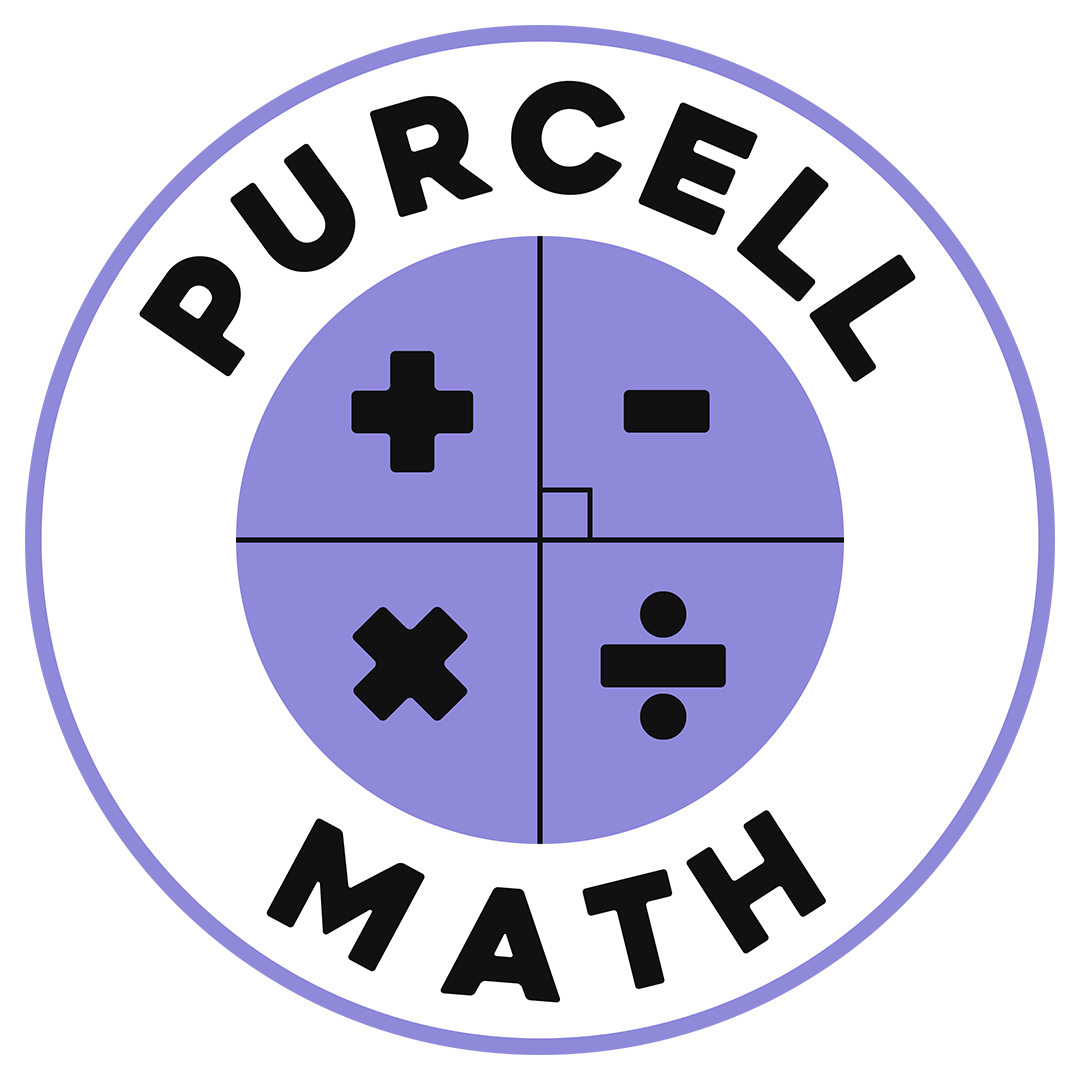Your cart is currently empty!
What Math Concepts Should Students Master by the End of Grade 8?
Introduction
As students wrap up their elementary and middle school years, it’s crucial for them to have a solid understanding of key math concepts that will serve as the foundation for high school and beyond. By the end of grade 8, students should be familiar with several important mathematical ideas, many of which they will continue to build upon in future math courses.
Understanding Different Types of Numbers
Students should be able to distinguish between various types of numbers:
Natural Numbers: Counting numbers starting from 1 (1, 2, 3, etc.)
Whole Numbers: Similar to natural numbers but also include 0 (0, 1, 2, 3, etc.)
Rational Numbers: Numbers that can be expressed as a fraction (like 1/2 or 3/4)
Irrational Numbers: Numbers that cannot be written as a simple fraction (like √2 or π)
Integers: Whole numbers that can be positive or negative (-3, -2, -1, 0, 1, 2, etc.)
Real Numbers: All the numbers on the number line, including both rational and irrational numbers.
Mastering Multiplication, Squares, and Roots
By the end of grade 8, students should have their multiplication tables memorized up to 12×12. They should also know the squares of numbers up to 15, along with their square roots up to 225.
For example:
Multiplication: 9 x 9 = 81
Square Root: √144 = 12
Understanding Positive and Negative Numbers
Students should be familiar with multiplying and dividing positive and negative numbers. For instance, they should know that multiplying a negative by a negative results in a positive number (e.g., -4 x -3 = 12), while multiplying a positive by a negative gives a negative number (e.g., 5 x -2 = -10).
Basic Geometry: Area, Perimeter, and Volume
Students should understand how to calculate:
Area: The space inside a shape (e.g., Area of a rectangle = length x width)
Perimeter: The distance around a shape (e.g., Perimeter of a square = 4 x side length)
Volume: The amount of space inside a three-dimensional object (e.g., Volume of a cube = side³)
Rounding and Estimation
The ability to round numbers to the nearest whole number or decimal place, and make estimations, is key in helping students solve problems quickly and accurately.
Operations with Fractions and Decimals
Students should be comfortable with adding, subtracting, multiplying, and dividing both fractions and decimal numbers. For example:
Adding Fractions: 1/2 + 1/4 = 3/4
Multiplying Decimals: 0.5 x 0.2 = 0.1
Sequences, Sets, and Venn Diagrams
Students should also be introduced to:
Sequences: A pattern of numbers following a specific rule (e.g., 2, 4, 6, 8, etc.)
Sets: Collections of distinct objects or numbers.
Venn Diagrams: Diagrams that show the relationships between sets.
The Real Number System
Finally, students should be able to classify numbers into their appropriate categories within the real number system and understand how to perform operations on real numbers.
Conclusion
By the end of grade 8, students are expected to have a thorough understanding of these essential math concepts, preparing them for the more complex topics they’ll encounter in high school. Building this strong foundation will not only enhance their problem-solving skills but also make them more confident learners as they advance through their education.
Share this:
- Click to share on Facebook (Opens in new window) Facebook
- Click to share on Threads (Opens in new window) Threads
- Click to share on X (Opens in new window) X
- Click to share on X (Opens in new window) X
- Click to share on LinkedIn (Opens in new window) LinkedIn
- Click to share on Reddit (Opens in new window) Reddit
- Click to print (Opens in new window) Print
- Click to email a link to a friend (Opens in new window) Email

Contribute to the Formula